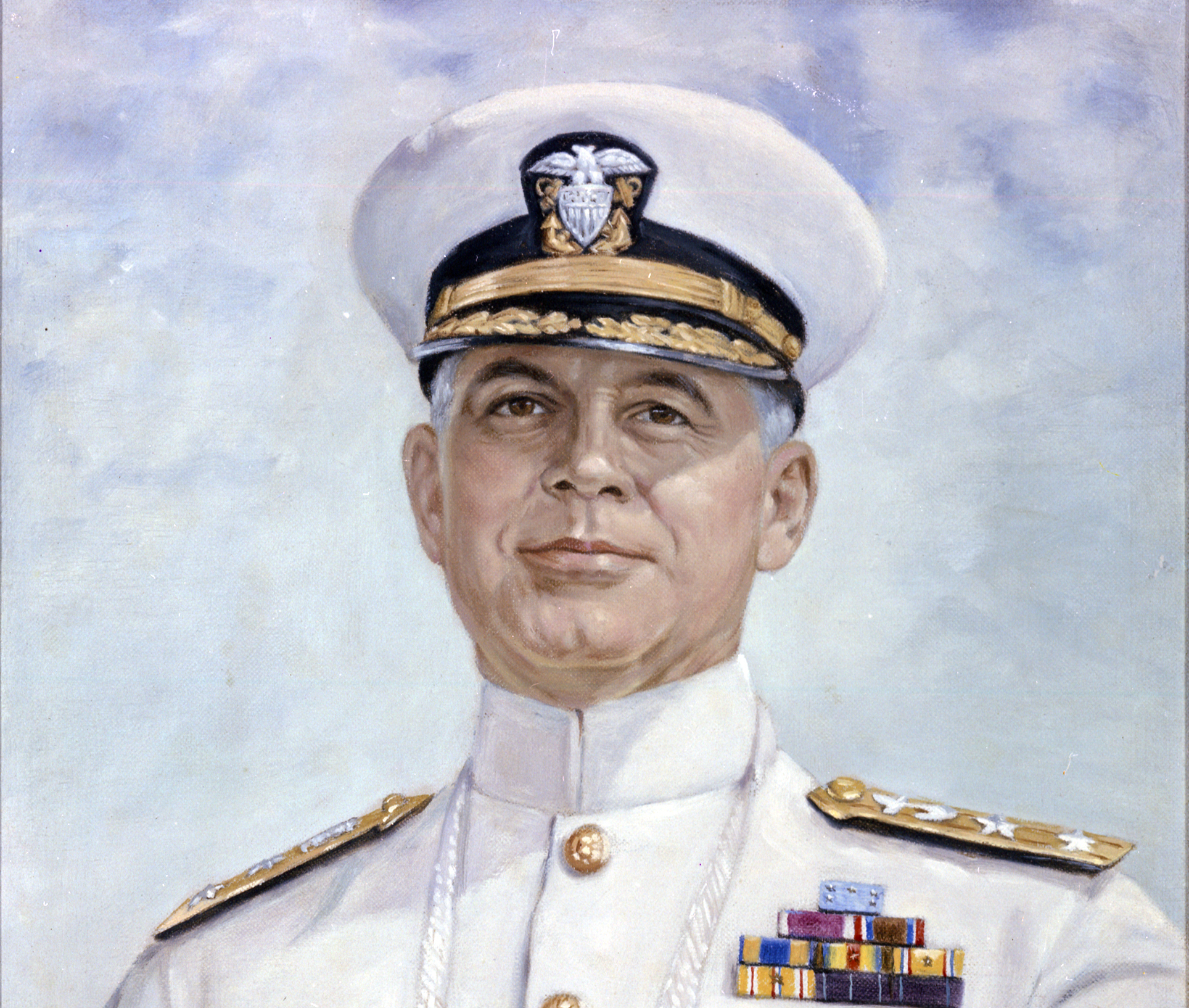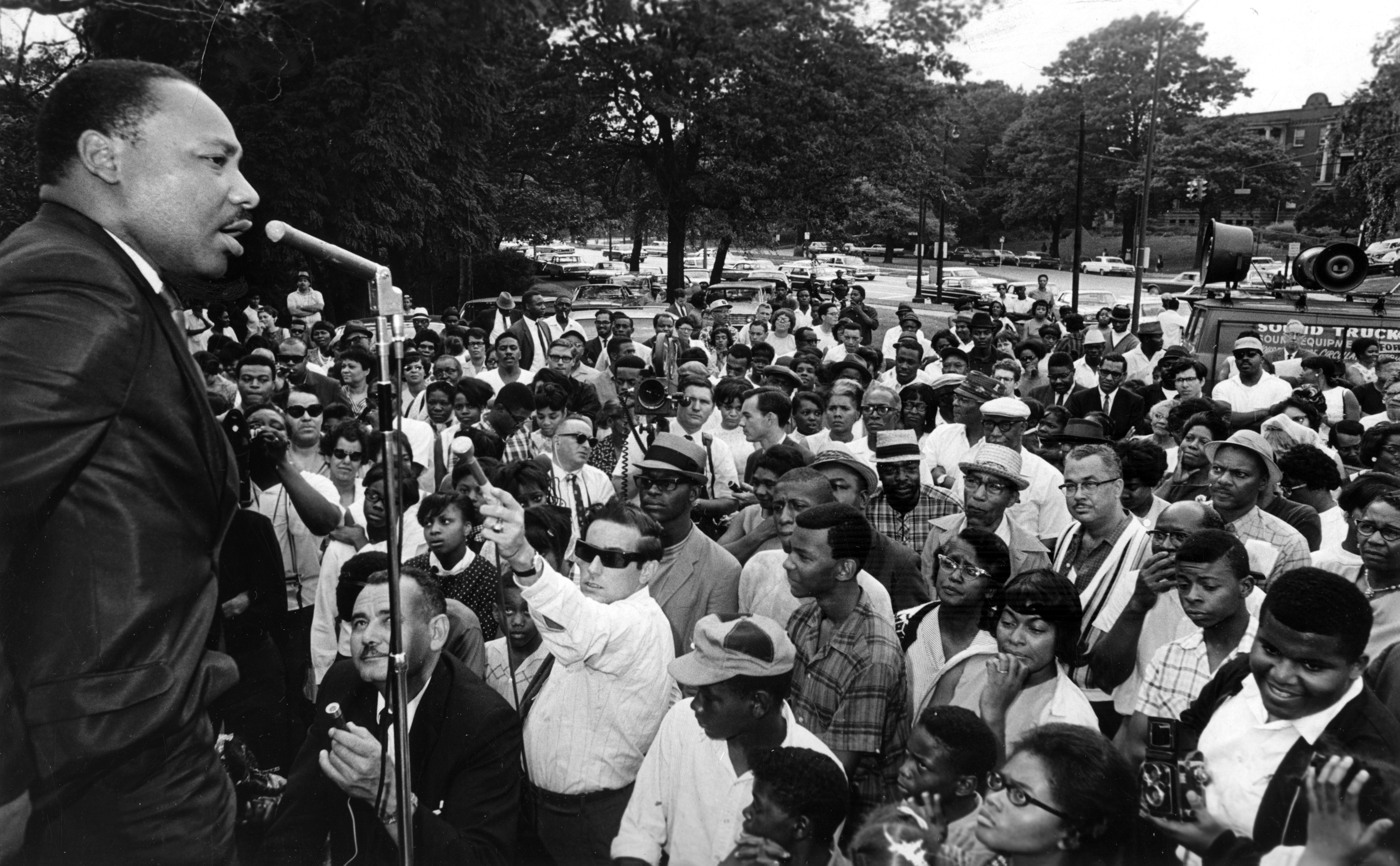1941: A Lost Revolutionary War Grave is Found
by Sheehan Hannan | Dec. 12, 2019 | 1:00 PM

John Eddy, superintendent of Erie Street Cemetery, and Thomas Knight, of the Western Reserve Historical Association, stood over the forgotten grave of a Revolutionary War veteran. His name was Asabel Tuttle, and, according to John D. Cimperman’s Images of America: Erie Street Cemetery, he served in a regiment authorized to seize the ships and property of citizens of Great Britain. He died in 1837.
Record keeping was scattershot between the cemetery’s founding in 1826 and 1840. Until 100 years later, the precise locations of the graves of the four Revolutionary War veterans buried there was uncertain. In February, Eddy and Knight had located the gravesite of one veteran, Gamaliel Fenton. By July, they found Tuttle’s, worn away with time.
Eddy and Knight obtained a new stone for Tuttle. It was part of a campaign to renovate Erie Street, that included a new veterans monument and a rededication ceremony featuring Mayor Harold Burton, Congresswoman Frances Bolton and Thunderwater, a Native American chief.
Many of Erie Street’s monuments are now featureless with age and sinking into the earth. But life trods on around them. City crews cut the grass. Police officers eat lunch. Bike messengers smoke midday cigarettes. The trees shelter the homeless overnight and draw birders, craning to see flits of color. This year, the cemetery is 193 years old. Tuttle’s “new” stone is still there.
Trending
-
1
-
2
-
3
-
4
-
5










